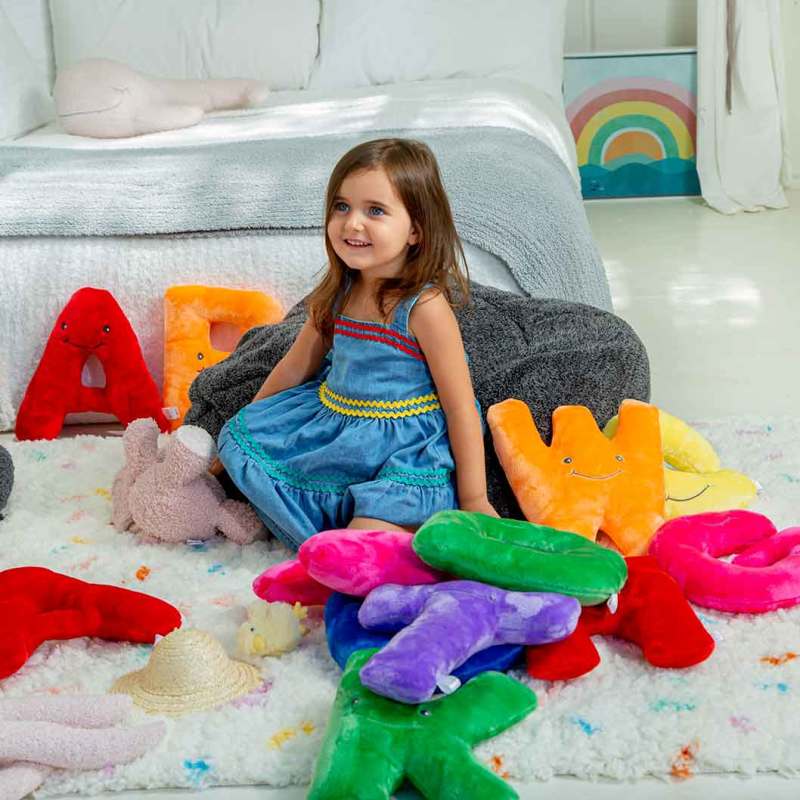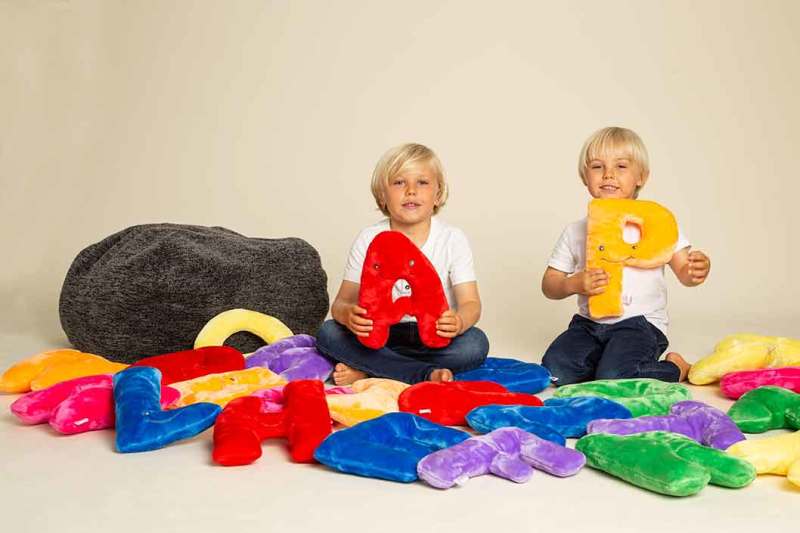
What Is Number Recognition?
October 24, 2023
Picture a preschooler eagerly exploring the world of numbers by counting objects like crayons they use to color or food items in their snack. Numbers are everywhere, from telephone numbers to street signs to clocks to games. When a young child struggles with number recognition, it can impact their ability to understand number-based information and lead to emotional and physical symptoms that stem from anxiety, anger, fear, and frustration.
Parents and teachers of 3-5-year-olds can help their kids learn their numbers through practical applications that emphasize elements of play. Incorporating counting and simple addition and subtraction into your daily activities is another great way to reinforce the importance of numbers through repetition.
Learn how to teach number recognition to your children in fun and engaging ways that keep them interested and invested in their education as they discover the world around them.
Practical Applications of Number Recognition
There are many interesting and effective ways to approach number recognition for preschool-age children. The most important thing is to choose activities your kids enjoy and mix them up often enough to prevent boredom. Here are a few to try.
1. Number Sequencing
Number sequencing is grouping a list of numbers into the correct order by following a given rule, such as adding one each time to create the sequence 1-2-3-4-5. Keep this activity simple for preschoolers, like organizing pictures in order (ex: cards showing 1,2,3, and 4 flowers).
2. Number Principles
The foundational number principles are:
Stable order: Reciting the correct names of numbers in the proper order.
One-to-one principle: Need to count each item in a group once.
Cardinality: The final number in a count tells you the number of items in the group.
Abstraction: Everything is counted in the same way, no matter its appearance.
Order irrelevance: The order you count objects in a group does not change the number order.
An easy way to practice is by having your child slowly count groups of objects to familiarize themselves with these principles.
3. Number Lines in the Classroom
Number lines are wonderful visual aids for teaching number recognition. Try placing a small number line in front of a child or draw a large one on the ground for a more interactive approach. Then, have children count to reach a certain point on the number line or identify the number that corresponds with a point on the line.
4. Number Scavenger Hunt
Organizing a number scavenger hunt is easy to do at home or in the classroom. Simply create a list of items that each child must find. You can keep the numbers the same (find 3 toys, 3 balls, and 3 crayons) or make them different (find 1 book, 2 toys, and 3 blocks).
5. Making Number Jewelry
Give your children the chance to tap into their creative side by making number jewelry with colored beads or pasta. All you need is some yard or cording and the beads of your choice. Encourage the kids to string the beads in specified patterns, like 2 red ones, then 3 blue ones, then 1 yellow one. You can make the number pattern as simple or as difficult as needed to suit each child's skill set.
6. Using Numberpals
Make activities centered around recognizing numbers something your child looks forward to by using Numberpals. These soft and colorful plush numbers are a great way to visually teach kids numbers. They also pair well with letter sets from the Alphapals collection to work on language and communication skills.
Developmental Milestones of Number Recognition
Practice identifying numbers begins with very basic concepts in babyhood as they become familiar with their surroundings. A basic timeline of number milestones in young children is as follows:
Babies (0-12 months): Start to understand bigger and smaller when presented with two objects.
Toddlers (1-2 years): Learn that numbers tell you "how many" of an object. Start to recite numbers, sometimes out of sequence. Start to recognize patterns and match shapes.
3 years: Can count to 10 or higher, understand the numeral that stands for the number name (ex: 3 stands for three), may begin simple addition using objects as counters.
4 years: Understand simple addition and subtraction problems using visual aids, count between 15-30, and divide toys and snacks into groups.
By the age of 5, children can start to add using their fingers, recognize numbers up to 30, and identify the larger of a pair of numbers. These number milestones build upon previous skills, similar to the Speech and Language Milestones that drive communication. Both are essential for healthy development. You can help your child master these skills by incorporating games and recognition activities using Alphapals.
Addressing Common Concerns
Many children struggle with numbers. Sometimes the problem is minor and passes with time and focused learning. Consistent practice with numbers is one way to overcome challenges. The more your child is exposed to and interacts with numbers, the easier it becomes to recognize and understand them.
In other cases, the child may have dyscalculia. This is a learning disorder that disrupts the areas of the brain that are related to math and numbers. Children with dyscalculia struggle to understand numbers and their applications since their brains work differently. Common symptoms in preschool-age children include trouble recognizing numbers, counting upward, and organizing numbers.
Dyscalculia is a widespread learning condition and is not a sign of a child's level of intelligence. It's highly treatable in children since their brains can learn new skills and abilities before they fully develop. One-on-one learning programs tailored to the child's struggles and needs are the recommended approach for treatment.
How Numberpals Can Help Your Child Learn Number Recognition
Number recognition can be both educational and enjoyable for preschoolers when you approach it in the right way. Spend time each day on simple number games and tasks. Make it fun by moving around to have a scavenger hunt or getting creative with stories and games using Numberpals.
Get your Alphapals and Numberpals plush sets for a creative and hands-on approach to teach children their numbers and letters. Whether you use them at home or in the classroom, these interactive learning tools provide kids with endless opportunities for educational fun that help them develop essential skills along with their imagination.









